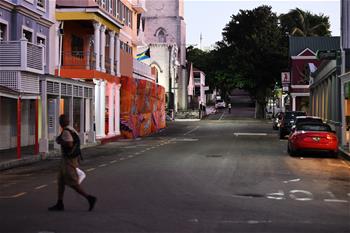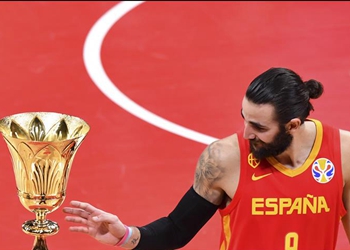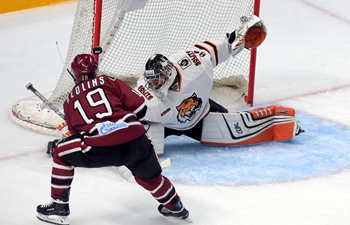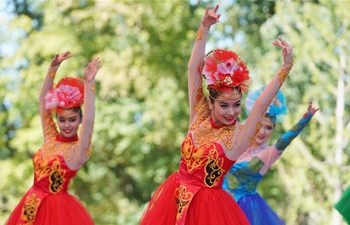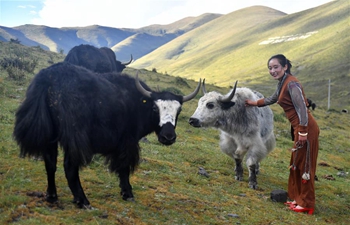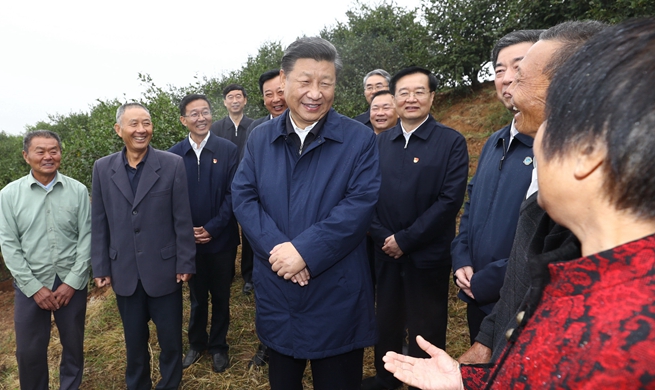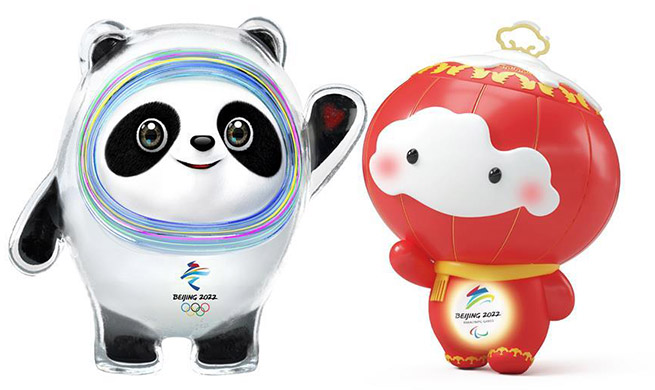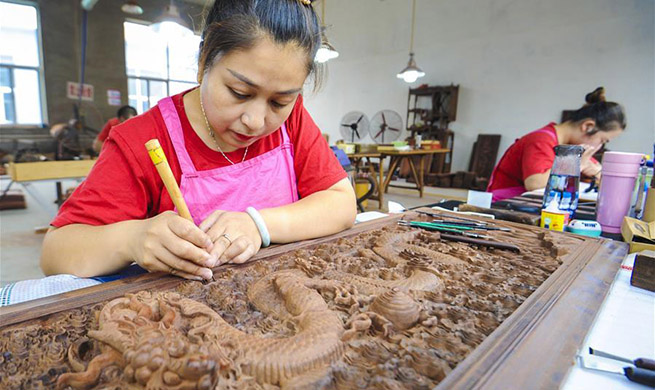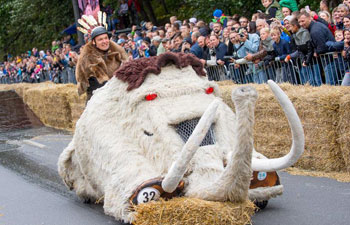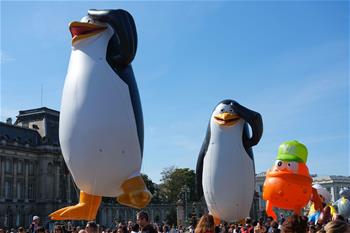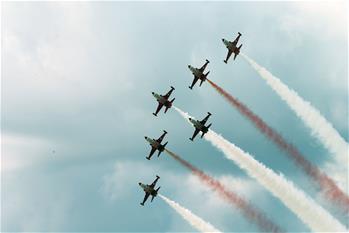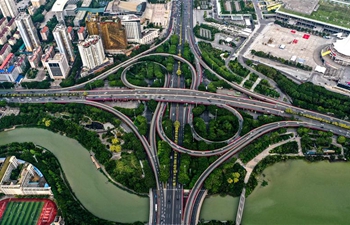BEIJING, Sept. 17 (Xinhua) -- Following the unveiling of the mascots for the 2022 Beijing Olympic and Paralympic Winter Games on Tuesday at the Shougang Ice Hockey Arena, many experts have said they represent the perfect combination of Chinese culture and Olympic spirit.
Jiang Xiaoyu, vice president of Beijing Olympic City Development Association, said that the two mascots are "precious gifts from the Beijing 2022 organizing committee and Chinese people to the Olympic Movement and show the collective wisdom of the designers".
The mascot of the 2022 Winter Olympic Games, named Bing Dwen Dwen, is an animated giant panda, long regarded as a symbol of China. The inspiration for the Paralympic mascot, called Shuey Rhon Rhon, came from the traditional Chinese lantern, which is seen as "symbolic of harvest, warmth and light".
"With the panda image which is familiar to the world, Bing Dwen Dwen also represents the image of Chinese people, who are honest, hardworking and kind," Jiang said.
"The Paralympic mascot Shuey Rhon Rhon is a personification of a Chinese lantern, which was seen as symbolic of harvest, warmth and light, but designed with ice and snow elements."
The name "Bing Dwen Dwen" is a combination of several meanings in the Chinese language, with "Bing" the Chinese word for "ice", and "Dwen Dwen" meaning robust and lively. In the name "Shuey Rhon Rhon", "Shuey" is the Chinese word for "snow" and "Rhon Rhon" has the duel meaning of tolerance and integration.
"The names of the mascots integrate winter sports with Chinese culture. Just as Chinese people give names to their children, the designers have placed a lot of cultural meanings in the two mascots," said Zhang Yiwu, professor of Chinese literature from Peking University.
Lin Cunzhen, the designer of the Beijing 2022 emblems, said that the mascots are focused on design and innovation.
"The mascots should be designed for the young generation who were born after 2000 and even 2010. Growing up in the Internet era, they have higher standards for the innovation of the mascots," Lin said.
Zheng Yuanjie, a famous Chinese children's writer, also agreed that the mascots should take childrens' preferences into consideration.
As a member of the jury deciding on the mascots of both Beijing 2008 and Beijing 2022, Zheng said that the mascots for Beijing 2022 are more modern and involve more technological elements. "I believe our children will love the two mascots, which are both designed with cute, chubby features."
Since August 8, 2018, when the global call for mascot design proposals started, the organizing committee of Beijing 2022 received a total of 5,816 designs from all across China and 35 countries and regions worldwide, with designers as young as three and as old as 75.
"Not only have professional organizations submitted their designs, but some proposals came from primary school students. This kind of diversity impressed me a lot," said Alexis Georgacopoulos, director of the University of Art and Design in Lausanne.




